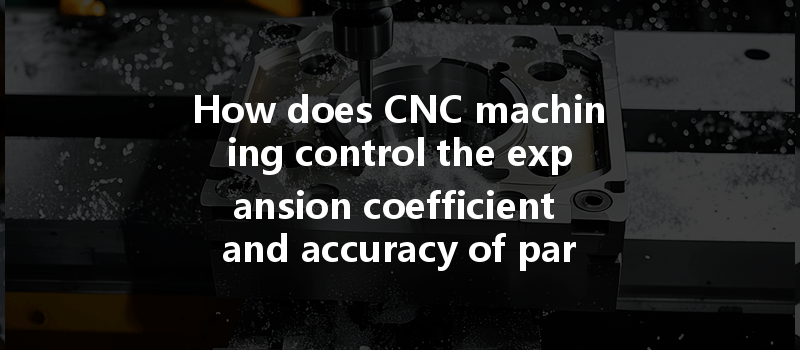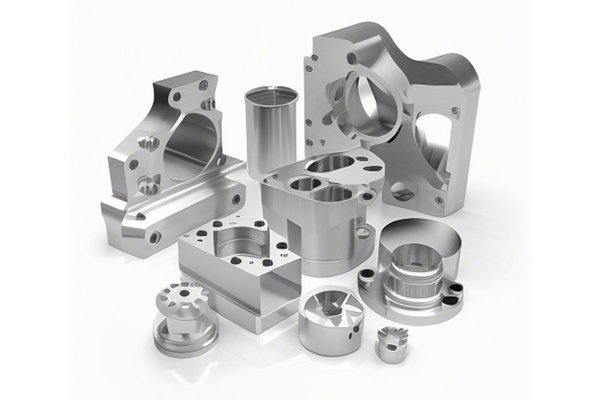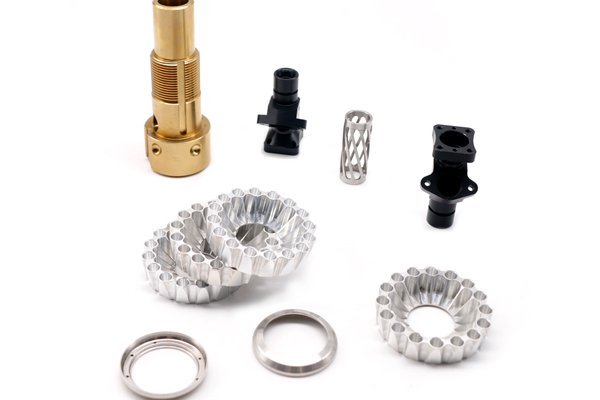Opening
Did you know that the global CNC machining market is expected to reach a staggering $90 billion by 2027? As industries increasingly adopt this technology, understanding its intricacies becomes paramount for engineers and manufacturers alike. One of the vital aspects of CNC machining is how it helps control the expansion coefficient and maintains the accuracy of machined parts. This complex interplay is crucial not only for maintaining the integrity of the materials used but also for ensuring that the final products meet precise engineering specifications.
In this blog, we will delve deep into the mechanisms through which CNC machining controls the thermal expansion of materials, as well as its impact on accuracy during production. By the end, you will understand why this topic is essential for quality assurance and how to leverage these insights in your manufacturing processes.
Understanding CNC Machining and Thermal Expansion
CNC (Computer Numerical Control) machining refers to the process of automating machine tools through a computer. It incorporates various manufacturing processes, including milling, turning, and drilling, and is widely used in crafting parts with high precision.
Thermal expansion is a phenomenon where materials expand in response to changes in temperature. Each material has a specific thermal expansion coefficient, which indicates how much it will expand per degree of temperature change. When manufacturing intricate components, this property is immensely important since any variation in size can affect how they fit and function in their intended applications.
The Relationship Between Temperature and Dimensional Accuracy
Temperature fluctuations are almost unavoidable in machining. Whether caused by the machinery, the machining process itself, or ambient conditions, temperature can significantly affect the dimensional accuracy of parts. When materials heat up, they expand, and when they cool down, they contract.
Managing temperature effectively is essential not only for the creation of parts that are dimensionally accurate but also for ensuring they can withstand operational stresses. If the temperature control during processing is not adequately managed, the final product may not meet the required tolerances, leading to expensive reworking or scrapping of parts.
Controlling Expansion Coefficient During CNC Machining
Several strategies and technologies can be employed in CNC machining to mitigate the effects of thermal expansion and ensure precision:
The first step in controlling thermal expansion is selecting the right material. Certain metals and alloys possess lower thermal expansion rates, which vastly improve dimensional stability during machining. For example, titanium and certain ceramics have lower coefficients of thermal expansion compared to traditional materials like steel or aluminum.
Adjusting cutting parameters can greatly influence the amount of heat generated during the machining process.

Cooling systems are vital in CNC machining. Using appropriate coolants can help dissipate heat during the process, keeping tools and workpieces at a stable temperature. However, selecting the right coolant is equally important, as improper options can lead to chemical reactions with the materials being machined, resulting in part deterioration.
Implementing environmental control measures can significantly enhance CNC machining operations. Maintaining consistent temperature and humidity levels within the machining facility ensures minimal thermal fluctuations, thus reducing the risk of undesired expansion and contraction.
Regularly calibrating CNC equipment is crucial in ensuring that all tools and machines are functioning at optimal levels. Calibration can help mitigate potential errors in measurements, enhancing precision further. Additionally, proper maintenance reduces the risk of malfunctions that could introduce errors during machining.
Monitoring and Measurement Technologies
As technology evolves, so do methods for monitoring and managing temperature during CNC machining. Companies can utilize advanced sensors and monitoring systems that provide real-time feedback on machine operation conditions, including temperature variations.
The Role of Design in Minimizing Thermal Expansion Issues
The very design of a component can significantly influence how thermal expansion affects its accuracy. Some strategies include:
The interplay between CNC machining, thermal expansion coefficients, and dimensional accuracy is a multi-faceted issue that requires a diligent approach. By employing various strategies—ranging from appropriate material selection to real-time data monitoring—manufacturers can control the expansion and maintain the accuracy of parts much more effectively.
The significance of these considerations cannot be overstated. With the increasing demands for precision in today’s industrial landscape, controlling thermal expansion is not a mere operational concern but a cornerstone for quality assurance. The consequences of neglecting these factors can lead to waste, increased manufacturing costs, and dissatisfied customers.
In summary, understanding the dynamics of thermal expansion in CNC machining not only lays the foundational framework for achieving precision but also enhances operational efficiency. The steps outlined in this blog are not just theoretical—they have real-world implications when applied diligently. As the industry moves towards more advanced machining processes, reflecting on how we manage these parameters will be crucial for future success.



